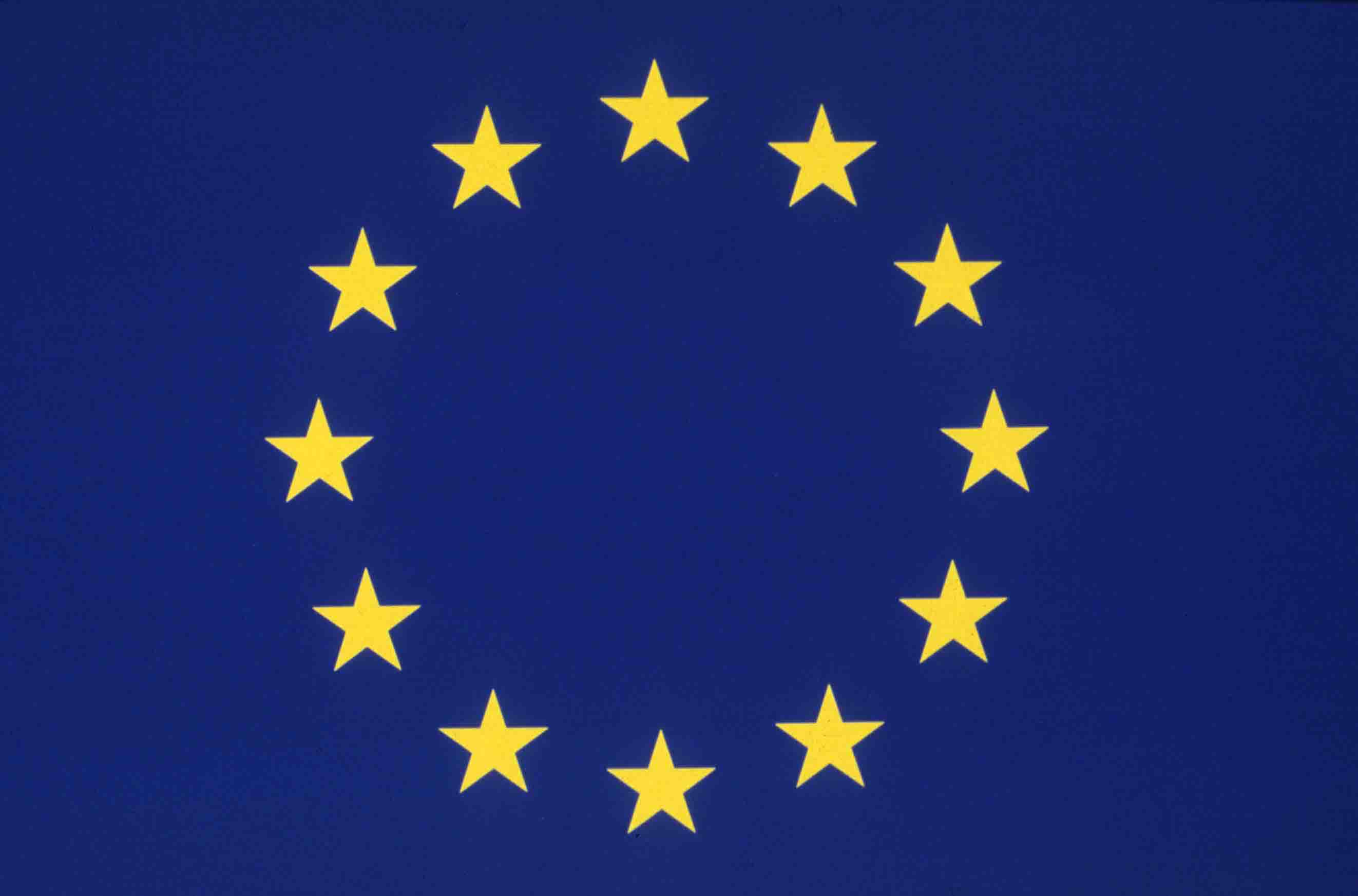So…an agreement has been made, what do you need to know about it?
Well, it’s clear that a lot of effort has been taken to make sure that there are ‘strong and stable’ provisions during the transition period, which will provide British businesses and individuals with as much certainty as possible while the government negotiates our future relationship with the European Union.
The above said, there are very clear and reassuring ‘in the meantime’ provisions for workers, students and the like to ensure continuity in the short to medium term.
Indeed, a significant part of the draft agreement is dedicated to securing the rights of EU citizens currently living in the UK – and UK citizens living in other EU nations – to provide them with much needed security.
Importantly, the withdrawal agreement does provide for that. EU citizens and their families will continue to have the right to move to live and work in the UK (and vice versa) until the end of the transition period in December 2020. This would be good news for the UK interactive entertainment sector because one third of the workforce consists of EU nationals, as reported in our State of Play report in 2017.
However, there is one change to immigration rules that individuals will need to be aware of. Those who take up residence before the end of the transition period will be allowed to remain beyond transition. If they stay for five years, they will be permitted to remain permanently. But once the transition period is over, the draft agreement does allow the UK to require EU citizens who stay on to apply for a new residence document. This is something individuals and businesses should look out for further down the line.
Another key area for interactive entertainment businesses to keep an eye on is the law surrounding data flows. Ukie has stressed in the past that, without a deal on data adequacy, our sector would be significantly hamstrung post Brexit.
In the immediate short term, the withdrawal agreement does provide short-term security for businesses concerned about data issues. It ensures continuity of current arrangements during the transition period, which means businesses won’t have to change the way they operate immediately after March 2019 if the deal goes through.
However, the agreement does not go so far as securing a data adequacy deal. That is something that has to be concluded as part of a future deal. The lack of clarity surrounding this is, therefore, a potential cause for long-term concern if the government does not secure a deal.
Fortunately, the withdrawal agreement does mitigate this in places. It provides that, after the end of the transition period, the UK has to continue applying the EU data protection rules to this "stock of personal data", until the EU has established, that the personal data protection regime of the UK provides data protection safeguards which are "essentially equivalent" to those in the EU. This means that the basis for a future data adequacy deal will likely be built on the foundations of what we have today, minimising regulatory friction.
However, the real challenge is for May to get this through Parliament and, given that we’ve had six resignations (so far today) only time will tell….
For an in-depth analysis of the withdrawal agreement Legal partner member DLA Piper have provided this guide.

